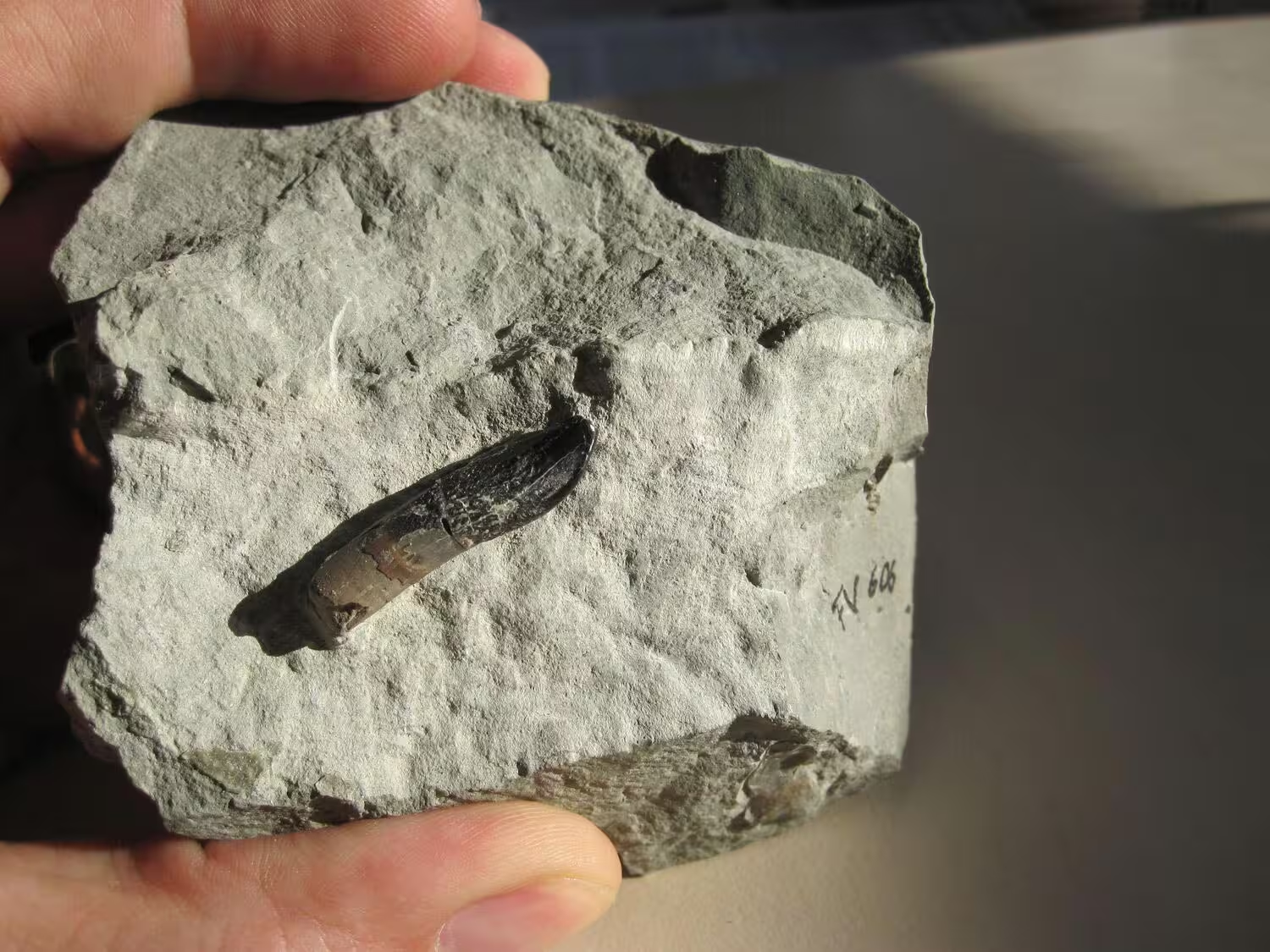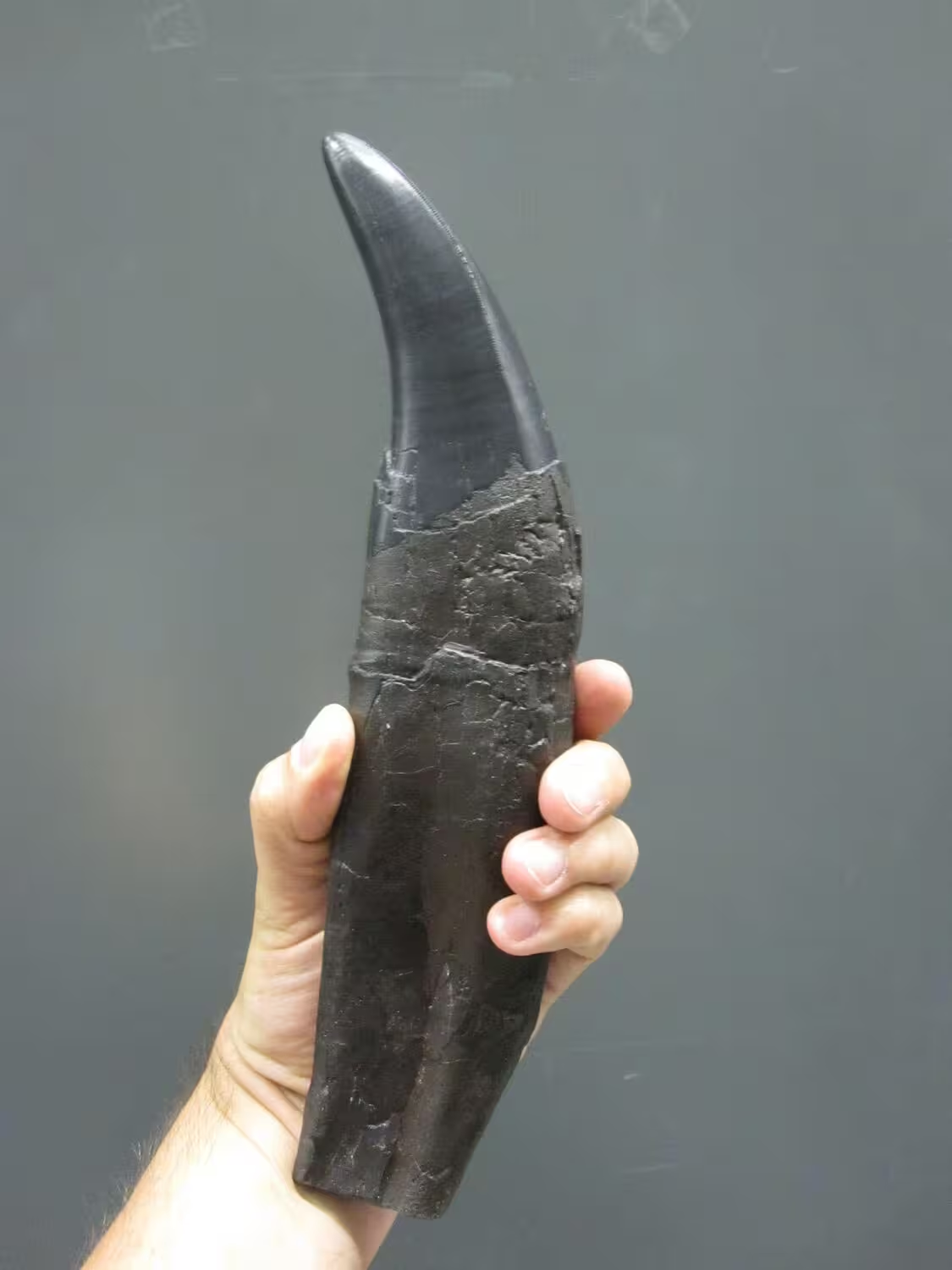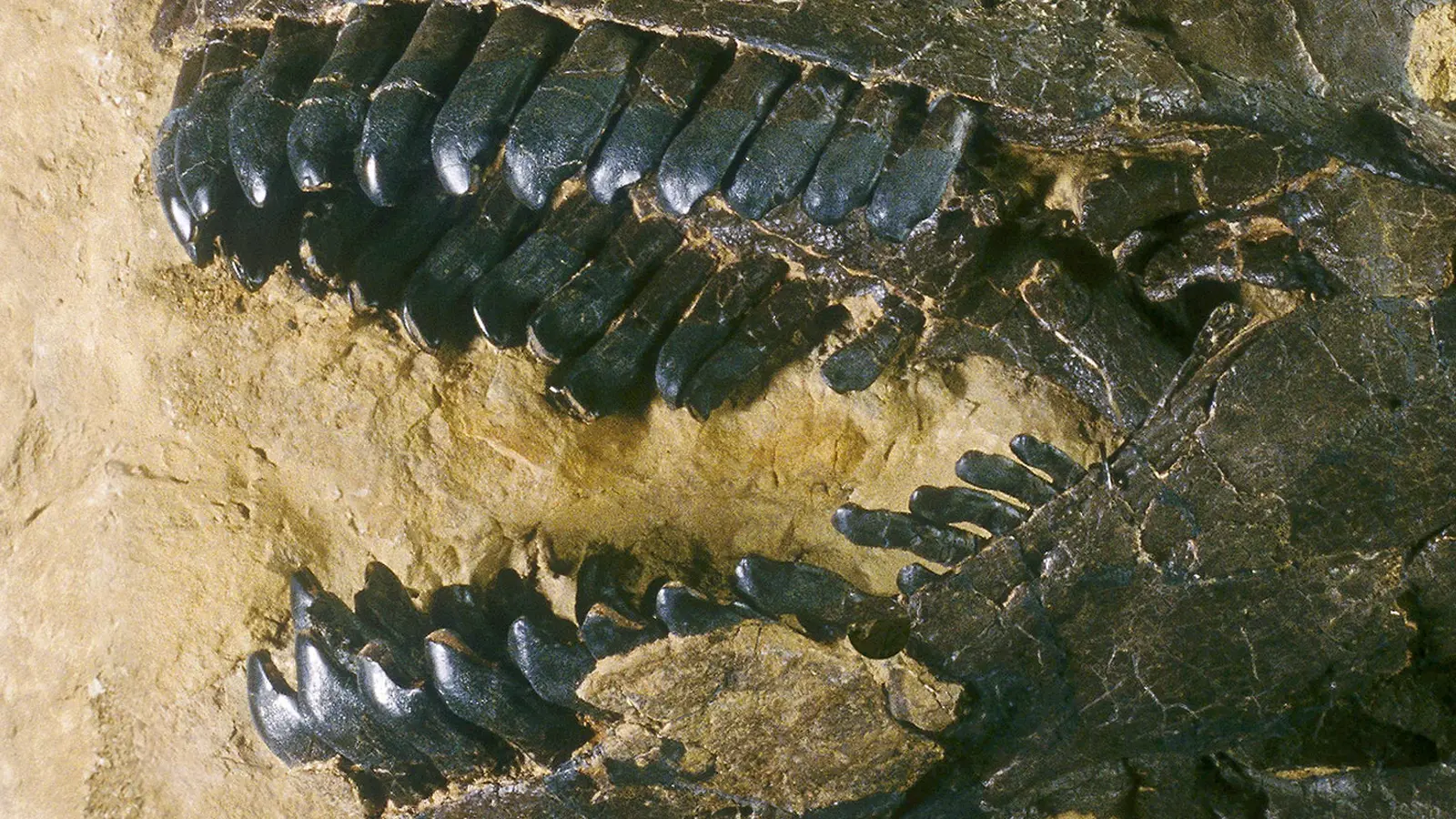3 Minutes
New terrestrial proxy: fossil teeth as climate sensors
Researchers have introduced a novel geochemical technique that reads oxygen isotopes from fossilized tooth enamel to reconstruct past atmospheric conditions. The method reveals transient CO₂ spikes that may be linked to catastrophic events such as the Deccan Traps eruptions at the end of the Cretaceous. Higher CO₂ concentrations corresponded with elevated global temperatures and increased photosynthetic activity across terrestrial and aquatic ecosystems.
A breakthrough for paleoclimatology and climate tech
Until now, climate reconstructions relied heavily on soil carbonates and marine proxies — fossils and chemical markers preserved in sediments — each with their own uncertainties. This new approach focuses on vertebrate remains from land environments, giving climate scientists and data engineers a complementary, high-value dataset to feed into climate models, machine learning pipelines, and digital paleoclimate archives.
How the method works
The technique measures oxygen isotope ratios in tooth enamel, which preserve geochemical signatures long after organic tissues decay. Combined with high-precision mass spectrometry and geochemical modeling, the approach can infer variations in atmospheric CO₂ and plant productivity over geological timescales.

Product features and technical capabilities
- Terrestrial-focused proxy based on vertebrate tooth enamel
- Compatible with high-resolution isotope ratio mass spectrometry
- Enables long-range temporal coverage (spanning millions of years)
- Integrates with digital data platforms for climate model calibration
Comparisons and advantages
Compared with marine proxies and soil carbonates, tooth enamel offers a direct terrestrial signal that can reduce ambiguity when reconstructing land-based climate dynamics. Advantages include broadened geographic sampling (fossil-rich terrestrial sites), new cross-validation opportunities for existing CO₂ curves, and enhanced inputs for AI-driven paleoclimate reconstructions.

Use cases and market relevance
Applications span academic research, climate-model development, and the instruments/software market. National labs and commercial geochemistry facilities may see increased demand for isotope ratio mass spectrometers, sample-prep robotics, and cloud-based analytics. Data vendors can package refined paleoclimate datasets for modelers, while AI teams can use the new proxy to improve historical climate simulations and risk assessments.
Implications
As lead author Dr Dingsu Feng notes, this method opens a new window on Earth’s deep past and the role of plants and CO₂ in long-term climate dynamics. In some sense, dinosaur teeth have become time capsules — preserving a climate record that technology can now decode for the digital age.
Source: scitechdaily


Leave a Comment